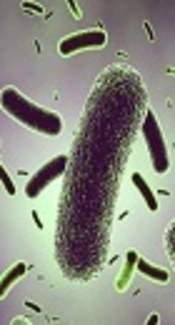Methods:
In this study, 90 samples of cheese, yogurt, and dough were collected from the nearby villages of Mahabad. For the isolation of Lactobacillus, samples were cultured in MRS agar and grown colonies were tested gram stain, catalase test, and morphology. Catalase-negative, gram positive, and without spores bacillus identification and purification. Then, oxidase tests, reduce nitrate, and oxidation-reduction was performed on the SIM medium. To identify species of Lactobacillus, growth in 15°C - 45°C, gas production from glucose with Durham tube to detect homo or hetero Fermentative, and fermentation Fructose, Maltose, Lactose, Galactose, Mannose, Ribose, Arabinose, Xylose, Cellobiose, Inositol, Mannitol, Melezitose, Melibiose, Raffinose, Rhamnose, Trehalose, Salicin, Glycerol and Gluconate and esculin hydrolysis were studied.
